All about silvering at home
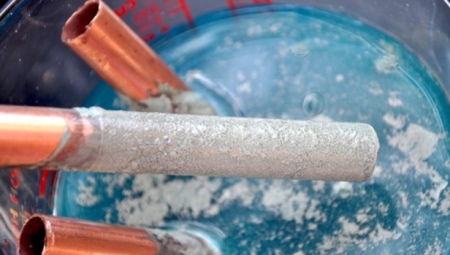
Silver-plating is a rather popular activity today, which both professionals and home craftsmen are fond of. What this procedure is and what subtleties it has will be discussed in this article.

Peculiarities
Silver plating itself is the process of covering items with a thin layer of silver sputtering. Moreover, to perform this procedure, different techniques can be used, each of which has its own subtleties.
Let's consider the key features of home silvering.
- The ability to cover almost any material: wood, brass or copper products, even porcelain. At the same time, not only the appearance of the products themselves changes for the better, but also their characteristics: density, weight and others.
- High risk of danger. The procedure itself is associated with the use of caustic and chemical reagents. Prolonged contact with them without protective equipment can be dangerous.
- There are several options for performing the procedure, and it is necessary to choose exactly the one that is best suited for processing a product from the selected material. Only in this case will silvering be done with high quality and beauty.
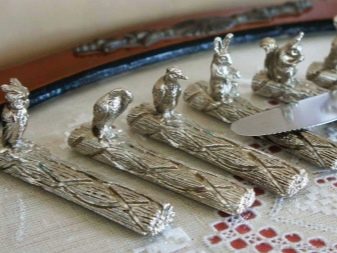
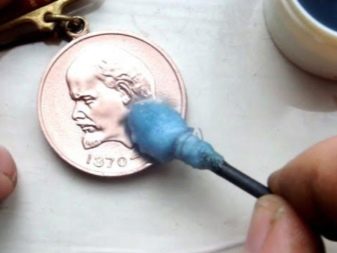
Despite the fact that almost any product made of any material can be sprayed with silver, it is best to use brass, wood or porcelain for this purpose.
Silvering of metals such as zinc or nickel is both technologically more difficult and time-consuming, therefore novice craftsmen rarely manage to perform the entire procedure correctly.
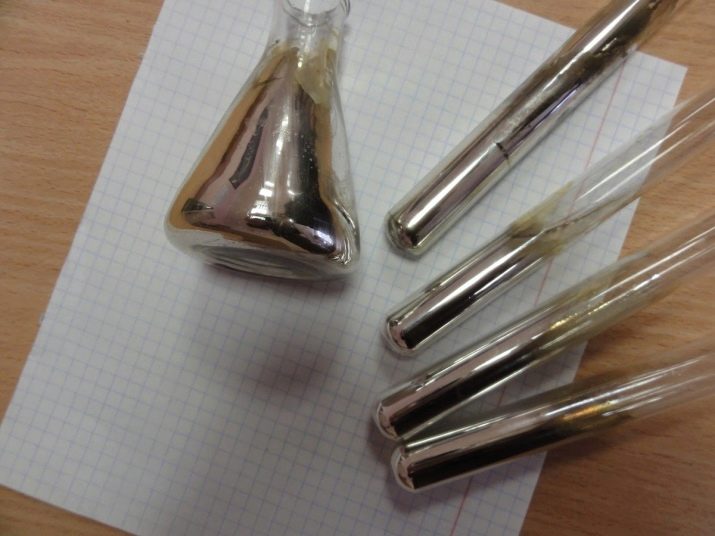
Product preparation
Before proceeding directly to the coating of any product with a thin layer of silver, it must be carefully prepared. It means that:
- material for silvering is cleaned of grease, dirt and soot;
- if necessary, correct its shape or give it a completely new one;
- dry the product and lightly polish its surface.
You can also remove grease and dirt with a standard detergent. The main thing is to thoroughly rinse the item in clean warm water after using it and dry it. In this case, not only the top layer should dry out, but everything inside. Therefore, it is better to leave it to dry for a day.
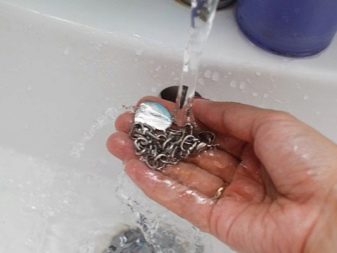
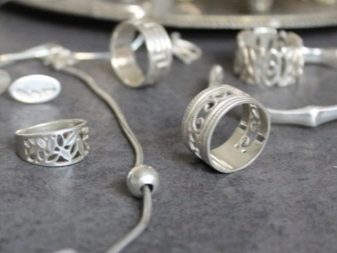
A prerequisite is the use of a special solution for holding the product in it, which is subject to silvering.
To do this, take a solution of sodium phosphate, heat it to a temperature of 90 degrees Celsius, immerse a thing in it. After three minutes, it is removed and left to dry completely. This treatment removes all grease from the surface and makes it as smooth as possible and easily susceptible to silver dusting. Metal products must be carefully sanded before dipping into the solution.


Precautionary measures
However, it is not enough just to choose a product that will be silver plated; it is also necessary to choose the method by which it will be performed. But the most important thing is to remember about safety precautions.
- It is necessary to choose a room that has access to fresh air. It is best to carry out work not in a house or a closed room, but in a separate room, workshop or garage.
- It is imperative to have protective equipment. Ideally, a special protective suit should be purchased. But if this is not possible, then you will need a rubber apron, boots or sneakers with rubber soles, protective gloves and a mask. It is worth remembering that all parts of the body are buried - a shirt with long arms, trousers, not shorts.
- It is strictly forbidden to eat or drink water during the procedure. Together with them, harmful fumes and substances can enter the body, which will lead to poisoning.
And one more thing: if, nevertheless, the work will be carried out in the house, then it is imperative to use an extractor hood. Otherwise, there is a high risk of getting intoxicated with vapors of substances.

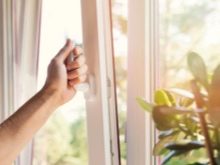
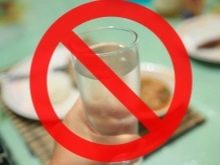
Better ways
The easiest way to silver any product at home is to use a special paste. It is sold in specialty stores and does not require a separate permit to purchase. The prepared and dried item just needs to be covered with a substance and left for 3 hours to dry. Simply rinse off excess product with warm water. After final drying, the product is ready for further use.
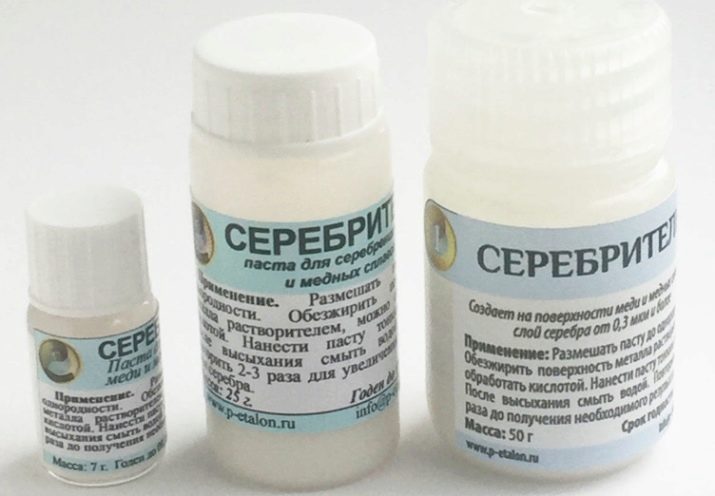
However, there are other methods, the use of which requires special substances and equipment. In particular, the most commonly used are:
- an electric stove with the ability to adjust the temperature;
- clean containers of different capacities, usually 2-5 liter pots;
- tongs with which the product will be dipped into and removed from the solution;
- clean flannel or woolen rags;
- pure distilled water, in some situations water with vinegar is used, but this must be indicated;
- set of cables: with power supply unit and with anode;
- ammeter with wires;
- electronic balance;
- thermometer.
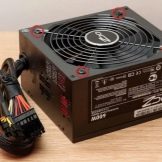
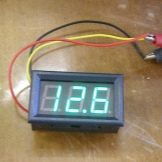
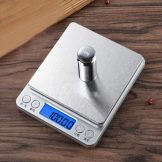
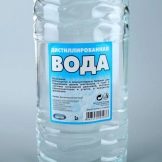
Also, depending on the silvering method chosen and the specific material to be processed, different chemicals may be required.
Here you need to be careful and careful, since for silvering glass, bronze or cupronickel, different reagents may be required, which you should not replace yourself with others.
They can be purchased at jewelry and specialty stores. Store such reagents only in their original packaging, carefully observing the storage temperature, humidity and light levels.
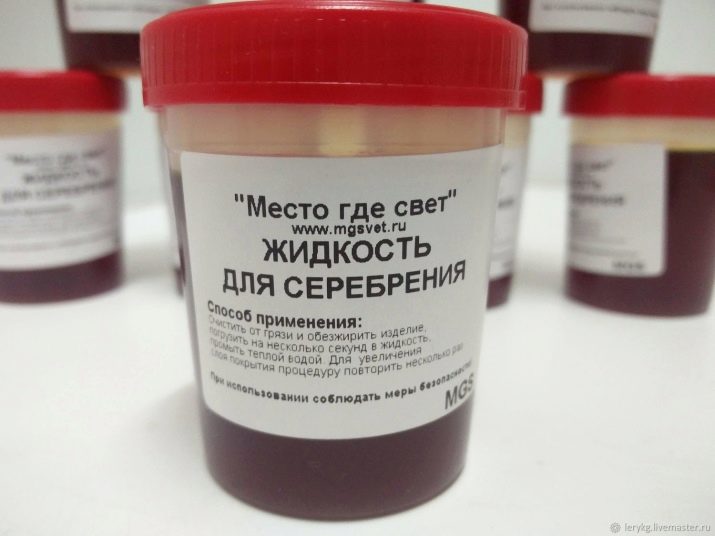
When silvering by electrolysis, it is important not only to observe safety precautions, but also to properly prepare an electrolyte solution.Many people mistakenly believe that the electrolytic coating is included in a separate group of silver plating. This is not the case, this also includes galvanic silvering.... In order to perform it at home, you will need:
- 15 g of silver chloride;
- 1 liter of water;
- 25 g of nitrogen-ferrous potassium;
- 25 g of soda ash.
First, each ingredient is separately diluted in boiling water, then the liquids are mixed together and boiled for another hour and a half. After that, graphite is used as an anode, the liquid is cooled to a temperature of +20 degrees and the product is lowered into it. Galvanization will take place within 3 hours, depending on the material of manufacture of the product. After this time, it is taken out of the electrolyte and dried. Then they wipe it with a flannel cloth, that's all - the silvering process is considered complete.
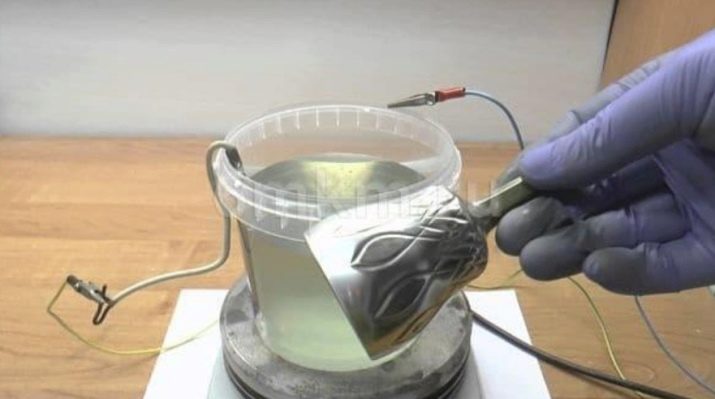
Silvering at home with a lapis pencil is no less popular. This version of the procedure belongs to the category of coating with a paste. And it looks like this:
- dissolve 2 g of silver nitrate in 0.3 l of water and bring to a boil;
- take 300 g of sodium chloride and hydrochloric acid, dilute them in a small amount of water and pour into the solution obtained in the first stage;
- cooking is continued until silver flakes precipitate;
- after that, the solution is filtered and the flakes are thoroughly washed;
- then they are placed in a solution of 100 ml of water and 20 g of sodium hyposulfite;
- the solution is stirred and left until the flakes are completely dissolved;
- then the sediment is decanted and mixed with an equal amount of crushed chalk.
This mixture is called lapis pencil. The product is covered with it and left for 15 minutes. Then, using a flannel cloth, they polish the product by rubbing the paste into it.
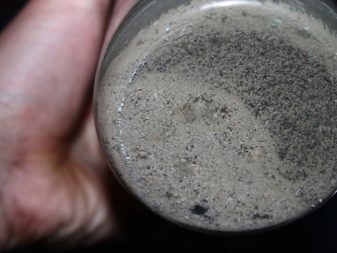
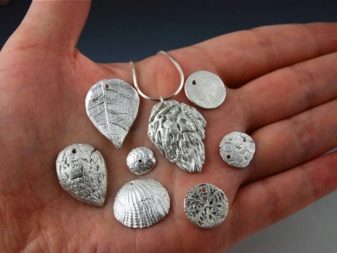
Silver plating at home is a unique opportunity to give a new and beautiful look to familiar things, improving their strength and durability. The main thing is only to observe safety precautions and mix all components correctly. Only in this case will success await.
In the next video, you will learn how to silver plate copper or brass at home.








